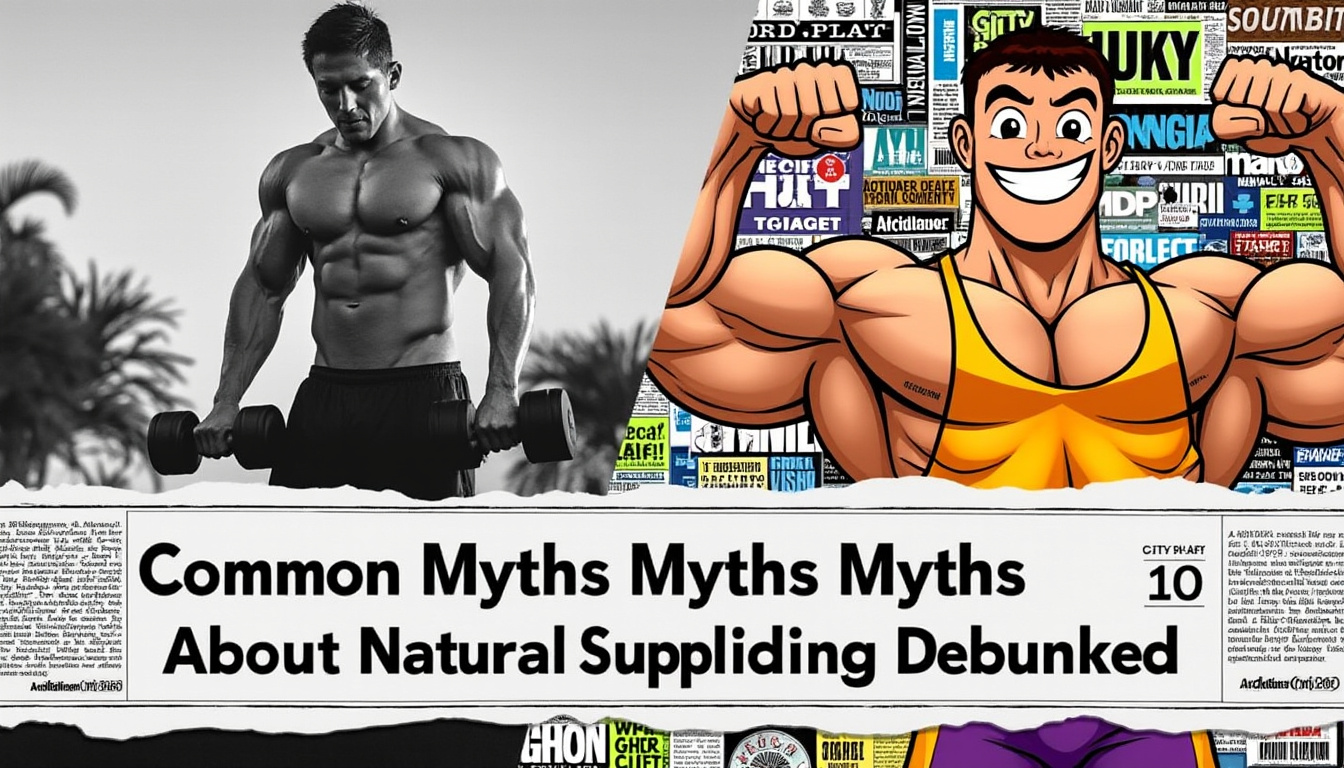The world of bodybuilding is rife with misconceptions and myths that can misguide both newcomers and seasoned enthusiasts. As fitness enthusiasts strive for optimal physique transformations in 2025, it’s essential to cut through the noise and uncover the truths behind the myths in natural bodybuilding. In this comprehensive article, we’ll debunk 30 prevalent myths, providing clear insights to help you on your journey towards fitness success.
- Understanding the role of nutrition in bodybuilding
- The importance of training techniques and frequency
- Clarifying misconceptions about muscle gain and fat loss
- Unpacking the pills and powders surrounding bodybuilding
A trekker’s paradise: best hiking trails in Patagonia
Understanding the role of nutrition in bodybuilding
Nutrition is a fundamental pillar of bodybuilding that heavily influences results. One common myth revolves around the idea that achieving a pro-level physique is solely dependent on calorie intake. Let’s break down this misconception.
You can get as big as a pro bodybuilder without steroids
The reality is, many professional bodybuilders rely on the use of steroids or other performance-enhancing drugs to achieve their impressive musculature. It’s crucial to recognize that these substances play a significant role in their ability to develop muscle mass and decrease body fat simultaneously (Bodybuilding.com). While it might take longer for natural athletes to attain significant gains, adopting effective training principles, optimizing nutrition, and ensuring adequate rest can still lead to impressive, respectful physiques—minus the use of drugs.
Caloric intake myths: Do more calories equal more muscle?
Eating excessively high-calorie diets will lead to increased size, but much of that mass is likely to be fat, rendering the physique far from impressive. Studies indicate that approximately 65% of gains from these high-calorie diets are fat, while only a small percentage contributes to lean muscle mass (MusclePharm). Instead, focus on a nutrient-rich diet with balanced macronutrients to promote lean tissue growth.
| Caloric Intake Source | Percentage of Tissue Gain |
|---|---|
| High-Calorie Diets | 65% Fat |
| Balanced Diets | 35% Lean Muscle Mass |
The importance of training techniques and frequency
Beyond nutrition, training methodologies play a pivotal role in achieving bodybuilding objectives. Misconceptions around workout frequency and intensity often lead individuals astray. Let’s examine some prevalent beliefs.
The more you train, the more muscle you gain
Contrary to popular belief, excessive training can lead to overtraining, which impedes growth and could even result in muscle loss. Experts highlight that significant overtraining is a common pitfall, especially among natural athletes (Lifeline USA). Muscles need time to recover and heal after intense workouts. Schedule adequate rest days and listen to your body to promote optimal recovery and muscle growth.
High-repetition workouts lead to a cut physique
High repetitions don’t guarantee a harder or more ‘cut’ muscle. The effectiveness of muscle conditioning entails heavy weights combined with proper tension over reps. Exercise must not only focus on achieving a pump; it should also promote substantial tension levels for real hypertrophy to occur.
- Overtraining vs. proper training frequency
- Importance of resting intervals
- Benefits of heavy and low-rep workouts
Clarifying misconceptions about muscle gain and fat loss
Understanding the reality of fat loss and muscle gain is paramount for any aspiring bodybuilder. Misleading information can lead to ineffective practices that derail progress.
Spot reduction is possible
A popular myth is that doing hundreds of sit-ups will trim the waist. Fact: spot reduction is a myth! To lose fat in a specific area, one must engage in a broader caloric deficit approach, relying on whole-body training and proper nutrition to reduce body fat effectively while enhancing muscle tone.
Strength training is not necessary for size
Another misconception is that individuals can skip lifting heavy weights and still build muscle. Building muscle ultimately requires lifting heavier weights, leading to increased tension applied to muscle fibers, which incites growth. Without the right level of challenge, the opportunity for substantial muscle gain rapidly diminishes (MyProtein).
| Training Approach | Resulting Effect |
|---|---|
| High-Intensity Strength Training | Muscle Growth |
| Low-Intensity Workouts | Minimal Muscle Gain |
Unpacking the pills and powders surrounding bodybuilding
With a plethora of supplements and products available, it’s essential to discern the truths behind them. Are there really supplements that can replicate the effects of steroids?
Supplements vs. steroids: The truth
While some brands like (Optimum Nutrition), (BSN), and (Cellucor) market products as capable of producing results comparable to steroids, the reality is that no supplement offers the same results as anabolic steroids. Education on the differences is vital for a safe and effective training regimen.
A workout without assistance: Supplements can’t replace strength training
It’s a misconception that simply taking supplements will yield results without proper training. Nutritional powders might amplify your nutritional intake, yet they cannot replace the hard effort needed in the gym. Rather than solely relying on substances, prioritize a well-rounded diet combined with structured training programs.
- Key supplements to consider for muscle growth
- Common pitfalls when relying on products
- Importance of whole foods over powders
By understanding these fundamental truths, you can navigate the world of bodybuilding with confidence and clarity. It’s essential to recognize that progress takes time, commitment, and education.


